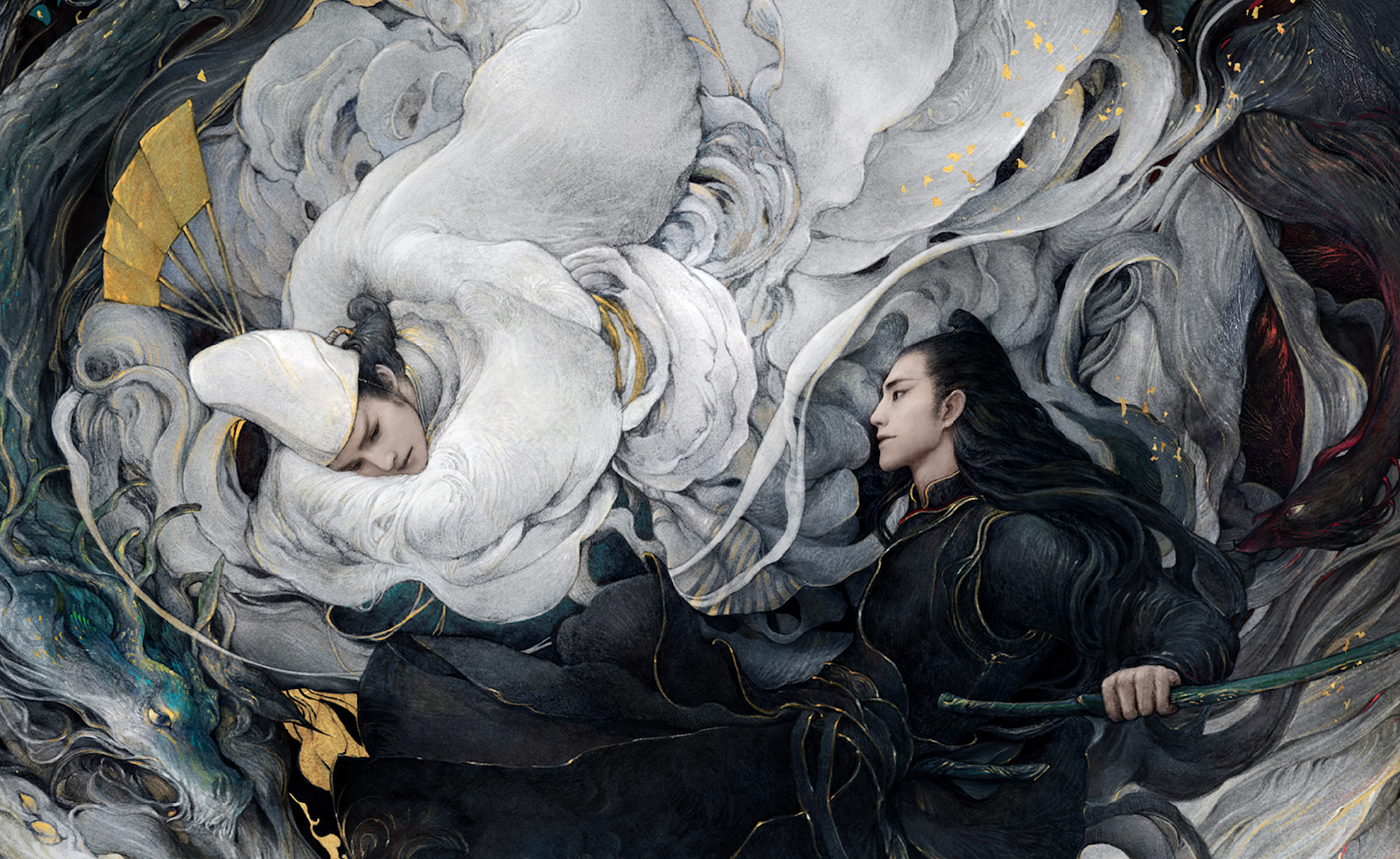What is Yin and Yang?
Yin and Yang is a fundamental concept in ancient Chinese philosophy that describes how opposite forces are interconnected and interdependent in the natural world. They give rise to each other as they interrelate, creating a dynamic system where everything exists in a state of balance and constant change.
The Meaning and Symbolism
The Yin-Yang symbol, also known as the Taijitu, is a circular design divided into two swirling sections: one black (Yin) and one white (Yang). Each section contains a small circle of the opposite color, representing the seed of each force within the other. This symbolizes that nothing is absolute; there is always a bit of Yin in Yang and vice versa.
Core Principles
1. Interdependence: Yin and Yang cannot exist without each other. Light cannot exist without darkness, and day cannot exist without night.
2. Transformation: Yin and Yang continuously transform into each other. Winter gradually becomes summer, and summer becomes winter.
3. Unity of Opposites: Despite being opposites, they form a complete whole and maintain harmony through balance.
4. Dynamic Balance: The balance between Yin and Yang is never static but constantly adjusting and flowing.
Characteristics of Yin and Yang
Yang (阳)
- ☀️ Sun
- 💡 Light
- 🔥 Hot
- ⚡ Fire
- 🪨 Hard
- 💪 Active
- 🎯 Assertive
- ⛰️ Heaven
- 🦁 Masculine
- 🌅 Day
Applications in Life
The philosophy of Yin and Yang is applied in various aspects of Chinese culture and daily life:
Traditional Chinese Medicine: Health is viewed as a balance of Yin and Yang energies in the body. Illness occurs when this balance is disrupted.
Feng Shui: The practice of arranging spaces to achieve harmony between Yin and Yang energies.
Martial Arts: Combining soft (Yin) and hard (Yang) techniques to achieve effectiveness and fluidity.
Diet and Nutrition: Balancing "cooling" (Yin) and "warming" (Yang) foods to maintain health.
